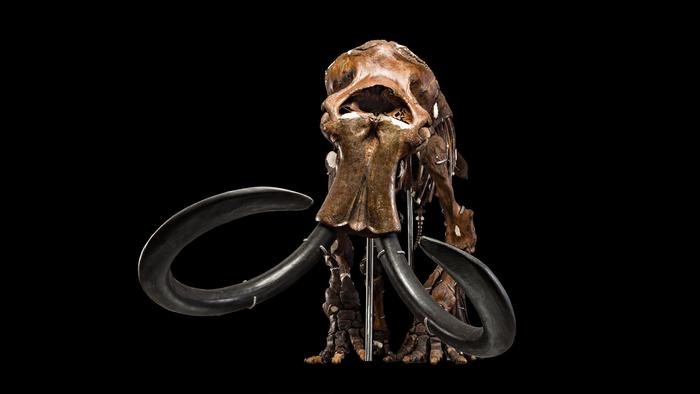Fifty thousand years ago, North America was a land of giants. Mammoths, mastodons, saber-toothed tigers, and enormous wolves roamed the continent, sharing the landscape with towering camels, giant beavers, and immense ground sloths. But as the Last Ice Age drew to a close, most of these magnificent creatures vanished, leaving behind a mystery that has puzzled scientists for decades.
The debate over what caused the extinction of North America’s megafauna has been fierce, with some researchers pointing to the arrival of humans as the pivotal factor, while others argue that climate change was the primary culprit. Despite years of study, the evidence has been insufficient to rule out either scenario or other proposed explanations, such as disease or a comet impact.
The Challenge of Fragmented Bones
One of the main obstacles to solving this Ice Age mystery has been the fragmented nature of many megafaunal bones. While some sites have preserved remains exceptionally well, others have been less forgiving, with exposure, abrasion, breakage, and biomolecular decay wearing down the bones into smaller, unidentifiable fragments. This lack of information has left researchers without critical data on the distribution of megafaunal species, the precise timing of their disappearance, and how they responded to the arrival of humans or the changing climate of the Late Pleistocene.
To address this information deficit, a team of researchers turned to the exceptional collections of the Smithsonian National Museum of Natural History in Washington, DC. The Museum houses the findings of numerous archaeological excavations conducted over the past century, making it an extraordinary reservoir of animal bones that could shed light on the megafauna extinction question. However, many of these remains are heavily fragmented and unidentifiable, limiting their ability to provide answers – until now.
ZooMS: A Revolutionary Technique for Identifying Fragmented Bones
Recent years have seen the development of new biomolecular methods that allow archaeologists to probe existing material in the laboratory rather than relying solely on excavating new sites. One such technique is ZooMS (Zooarchaeology by Mass Spectrometry), which takes advantage of the fact that some proteins, like bone collagen, can preserve over long periods. By analyzing the subtle differences in collagen sequences between different taxonomic groups and individual species, ZooMS can provide a molecular barcode that helps identify otherwise unidentifiable bone fragments.
The researchers applied this method to the Smithsonian Museum’s archived material, selecting five archaeological sites in Colorado dating back to the Late Pleistocene/earliest Holocene (c. 13,000 to 10,000 calendar years before present) or earlier. Despite the age of the collections, the unpromising appearance of much of the material, and the ancient origins of the bones themselves, the results were surprising: a remarkable 80% of the bones sampled yielded sufficient collagen for ZooMS identifications, with 73% identifiable to genus level.
“Our findings have major implications for museum collections,” the researchers noted. “The material we looked at is in every way the poor cousin of the glamorous material that goes on display in natural history museums. To look at, these highly fragmentary, small and undiagnostic animal bones are uninspiring and superficially uninformative. But like other biomolecular tools, ZooMS is revealing the rich information retained in neglected specimens that have drawn neither researcher nor visitor attention for decades.”
The taxa identified using ZooMS included Bison, Mammuthus (mammoths), Camelidae (the camel family), and possibly Mammut (mastodons). In some cases, the specimens could only be assigned to broad taxonomic groups due to the lack of ZooMS reference libraries for many North American animals. Developing these databases, which are comparatively well-established for Eurasia, will be essential for identifying the spectra produced when running samples on a mass spectrometer.
The study highlights the potential of ZooMS to provide new research data from fragmented bone material, helping to address long-standing questions about megafaunal extinctions. By offering a relatively easy, rapid, and cheap way to extract information from long-ago excavated sites, ZooMS opens up new avenues for analysis and brings researchers closer to solving the mystery of why some of Earth’s largest animals disappeared from ancient North America.
The research also underscores the importance of preserving archaeological collections, even those that may not seem glamorous or of immediate benefit. As the analysis shows, such old material can find new life in unexpected ways, making it critical for museums to receive adequate funding to care for and house these remains over the long term. With the help of modern technology, even the most fragmented bones can yield valuable insights into the past, bringing us one step closer to understanding the fate of North America’s lost giants.


